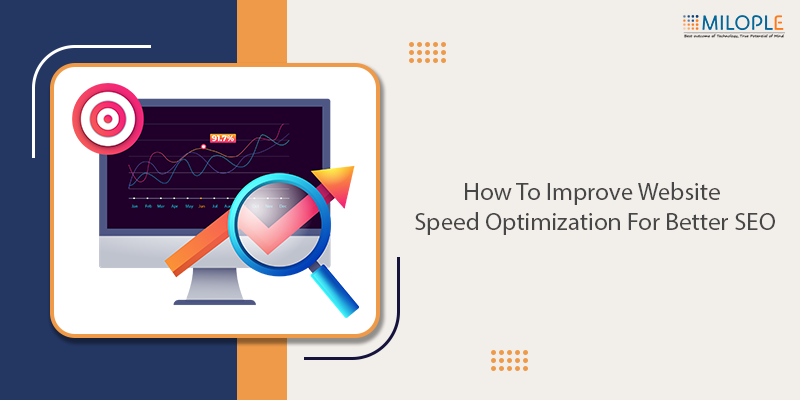
Site speed is directly proportional to better SEO results and can even drive more sales.
Website speed optimization service is at the core for better SEO, optimization, and better ROI altogether. If there is an increased page speed optimization service on your website, it will have more traffic, keeping your visitors more engaged in your site.
Having a slow-loading site will annoy your visitors. An unimpressive website isn’t working out anyway as it only frustrates the users to leave your website and find an alternative. With fierce competition in the eCommerce market, it is advantageous to opt for the best Website Speed Optimization Service and stay ahead of the curve.
With this blog, you will get detailed suggestions regarding how to improve your site speed.
Table of Contents:
- Why Does Web Speed Optimization Matter?
- How to Test Page Speed Optimization Service?
- 5 Tips to Ameliorate your Website Speed Optimization for a Better SEO
- Utilize a Content Delivery Network (CDN)
- Optimize your Website Images
- Minimize the Number of HTTP Requests If Possible
- Choose Your Web Host Wisely
- Superfluous and Inactive Plugins
- Concluding It!
Why Does Web Speed Optimization Matter?
The web performance factor includes the loading time taken by a page - which displays the time a particular page takes to load and display on the user’s screen.
Below are the factors that determine the success of any website.
- Visibility
- Conversion
- Usability
How to Test Page Speed Optimization Service?
It is essential to know your current loading time before optimizing it for better performance. A page loading in 1 sec has a 3X higher conversion rates
That is why website speed optimization service to a reasonable extent is key.
You can optimize your website speed in a variety of ways, but sometimes solving one problem can harm another. In order to determine what actions deliver the most results, we suggest examining the web site speed optimization after each modification.
Here are some tools you might want to try:
5 Tips to Ameliorate your Website Speed Optimization for a Better SEO
Your website can be optimized once you have tested its speed. We have compiled a list of some of the best ways to make your website faster.
Utilize a Content Delivery Network (CDN)
Distributed across multiple geographical locations, a content delivery network provides web content based on the location of end users. In a single server scenario, every request from users is handled by the same hardware. This results in longer processing times for each request. In addition, distance from the server increases load time. Client requests are redirected to servers located close to the user. A user receives content quickly and the website runs more quickly as a result. Despite being quite expensive, this is one of the most effective ways to speed up loading time.
Optimize your Website Images
There is nothing more appealing than an eye-catching image. A successful eCommerce site relies heavily on images. You can improve engagement with your product pages by using many images, photos, and graphics. Negatively, the use of images slows down websites because they are generally large files.
Images can be compressed using tools such as ImageOptim, JPEGmini, or Kraken to reduce their size without compromising their quality. In spite of the fact that it is time-consuming, it is worth the effort. By using HTML responsive images, you can reduce the image size by adjusting the image size based on the user's display settings.
Minimize the Number of HTTP Requests If Possible
Images, scripts, and CSS files are typically requested multiple times by browsers on most web pages. Several of these requests are required for many web pages. An overall load time for a webpage can increase due to round-trip requests between the server and the resource. It is also possible for a problem with one of the hosts to affect the loading speed or even the ability of the web page to load at all when resources are loaded from several different providers.
Considering these would-be problems, pages should have a minimum number of assets to load. In addition, speed tests can pinpoint HTTP requests that are taking the longest. A CDN can be used to reduce the loading time of images on a page if images are causing a slowdown.
Choose Your Web Host Wisely
It can be difficult to find the culprit behind a lag in page speed, even when the web design is tweaked and plugins are examined.
The speed at which your website loads would be determined by the web host you choose. On some hosting services, a one-page website will still be slow even if it is lean.
Having mediocre web hosting can significantly slow down the loading time of a website, as per a Kinsta article on web speed. In the case of a server hosting a website, numerous factors affect that website's performance, including its location near users (cloud hosts excel in this regard), its volume of clients, its RAM, and bandwidth.
A slow hosting provider can cost your business thousands of dollars in lost revenue opportunities because 74% of users won't return to a site that takes longer to load than four seconds. Negative search rankings from poor SEO will result in traffic loss as well.
Superfluous & Inactive Plugins
Slow site speed is often caused by inactive plugins on your website.
Even though plugins can be "activated" or "deactivated", rather than deleted, this feature is for putting them in a dormant mode so you can decide whether they will be needed later. Nevertheless, removing plugins that are unused is the most effective way to prevent your website from being slowed down.
Concluding It!
Typically, web pages load in under 3 seconds for a typical user. Your website traffic and revenue are at risk if you are unsuccessful in meeting these expectations.
Our recommendation for web site speed optimization service is simple but effective:
- Consider conversion, visibility, and usability as key factors of a successful website.
- Consider these three factors when testing your website's speed and prioritizing your most urgent pages and features.
- Optimize the fastest-loading pages first and focus on the most important conversion success pages.







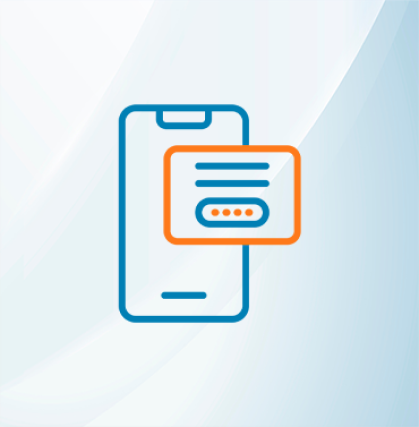




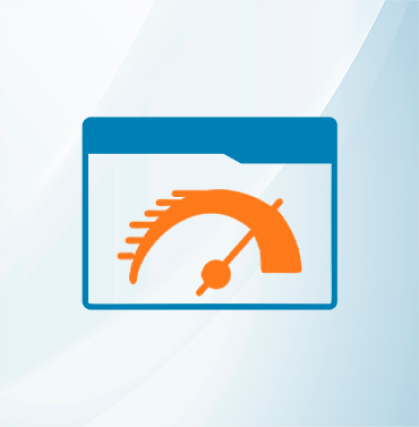


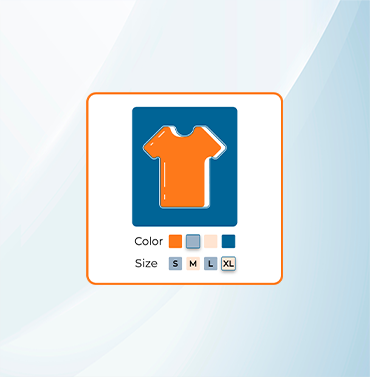





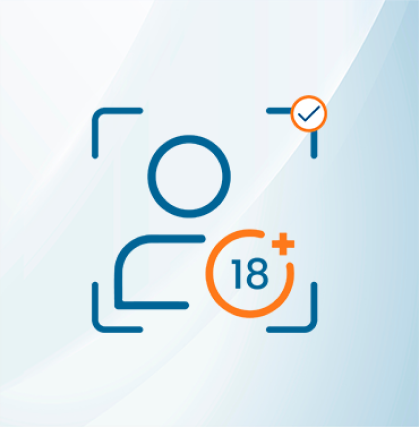


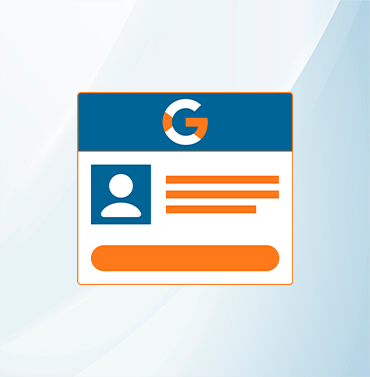








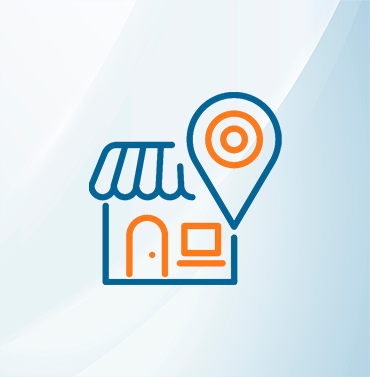





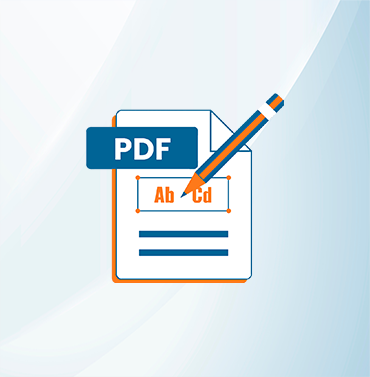
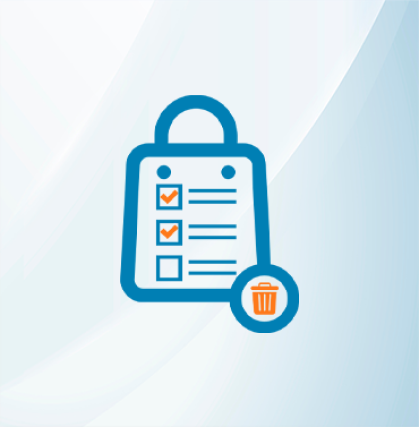
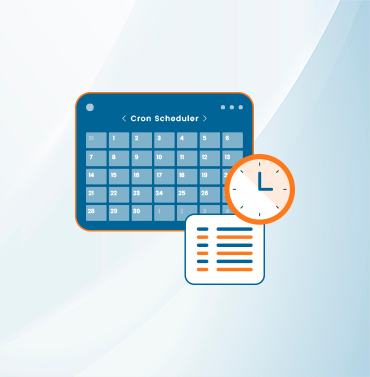
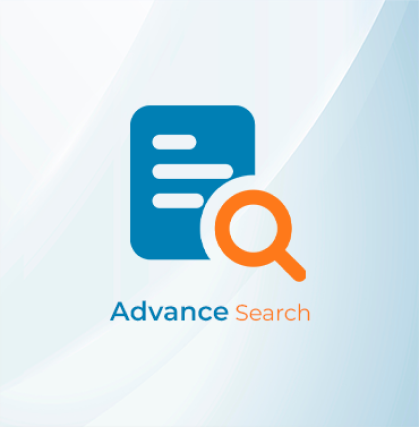



























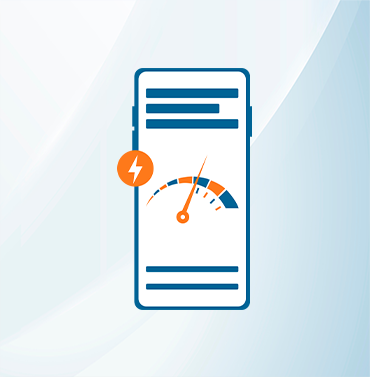
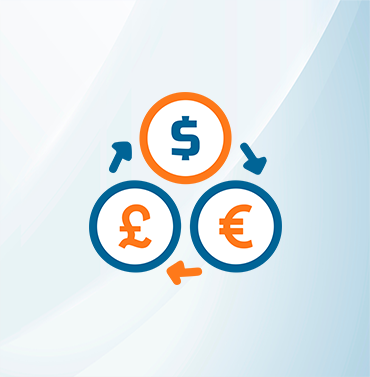
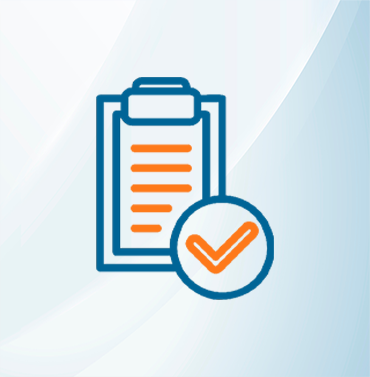

























Validate your login
Sign In
Create New Account